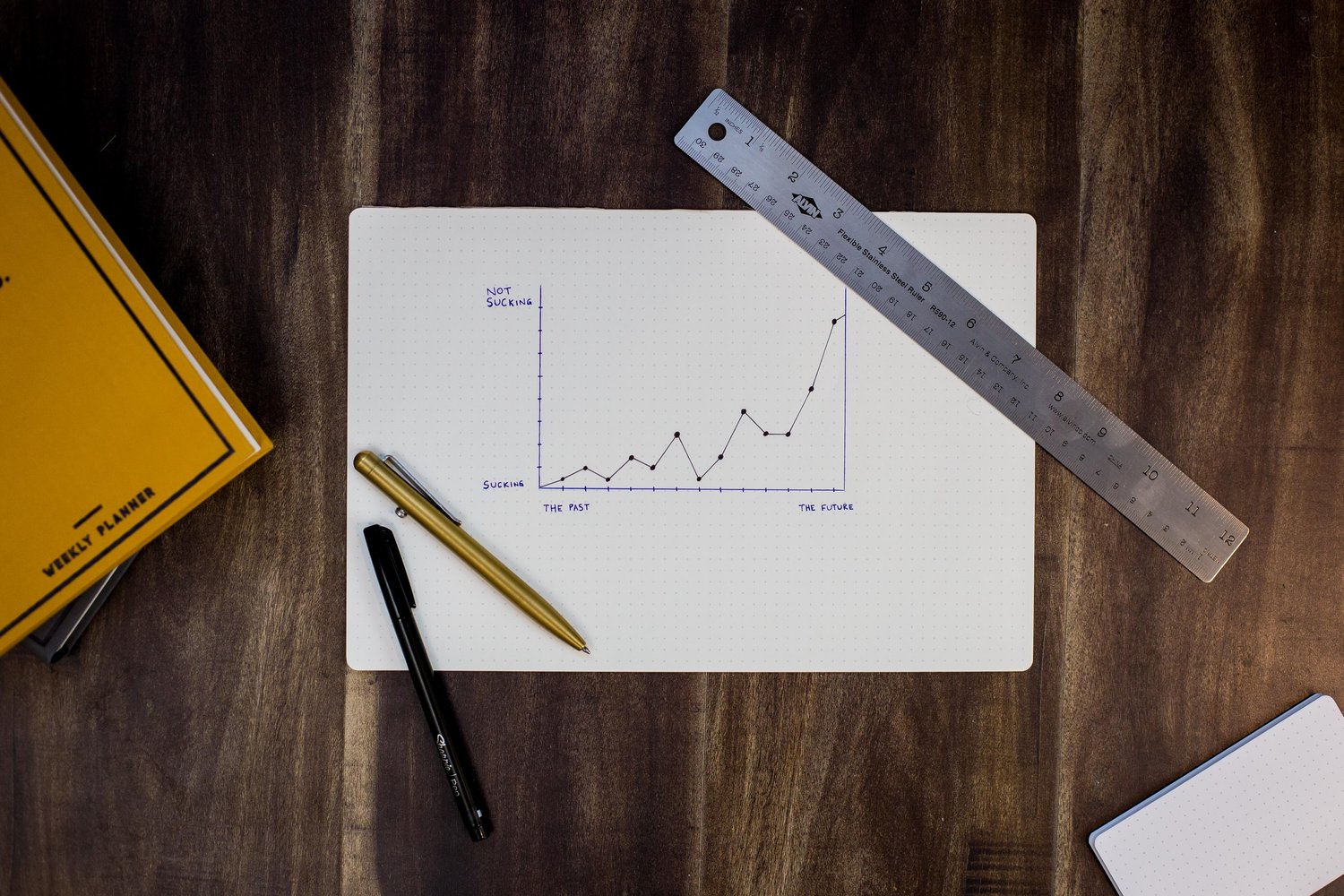Carbon Emissions Dashboard
Our Carbon Management Platform can bring your data to life to guide your sustainability strategy.
What is an emissions dashboard?
An emissions dashboard is a single point to view and understand your carbon emissions. This way, data dashboards turn raw data from across your organisation into data-driven insights that improve a specific process, a department, or your entire business.
Why do you need an emission dashboard?
Dashboards are useful for monitoring, measuring, and analysing relevant data in key areas. This looks at your business and operational emissions as well as capturing those from your supply chain. From this information, you can then focus on where the main emissions are arising from and where you need to spend time on the reductions.
Our Emissions Dashboard simplifies the process and provides you with emissions reporting, sophisticated visibility and optimisation intelligence based on your company’s specific needs.
Full visibility: See emissions data of the operational emissions of your business to the end-to-end supply chain and easily zoom in where you consider it relevant.Compliant: Get a report compliant with GHG standards, periodically and hassle-free.
Proactive: Use the technology and our consultants to empower your emission reductions and drive your journey to net zero.
6-step dashboard process
We have a simple 6-step process to bring the dashboards to life and to ensure that they are maximising their effectiveness to your business.

Data Gather
Our team at Carbon Neutral Group can help to collect the data from your organisation and input it into the dashboard to ensure that all the data is present and correct.

Data Engine
Our bespoke data engine is working with the official GHG and UK Government data to ensure that all the emissions are calculated within the correct guidelines.

Assess your suppliers
Track and rank your suppliers. Collect data from your supply chain to understand and present your scope 3 emissions.

Single view of emissions
All the emissions that are collected are then represented in a format that can be used to help guide on where the business can make emission reductions.

Reporting
Develop bespoke progress reporting. Report on monthly, quarterly or annual emissions

Objective Setting & Tracking
Embed your objectives and track key results. By setting emission goals for the business, the dashboards can then represent the journey, where the business can make reductions, the impact of the reductions on the overall emissions
How do we calculate your emissions?
To understand your scope 1 & 2 emissions, we work with you and the relevant stakeholders to collect the data. This is done via questionnaires or by data collection through utility consumptions. Scope 1 data are the emissions that arise from the direct emissions from owned or directly controlled sources. So this means that it covers gas that could be used for heating, diesel that could be used as a backup generator, air conditioning units or refrigerant gases & company owned vehicles and the emissions from their use. Scope 2 is a lot smaller as it focuses on the emissions from the use of purchased electricity but for other businesses such as NHS Trusts, it includes the use of heat and steam emissions. The business operational scope 3 emissions that we focus on for the initial data collection and emissions baseline are home working, water use (both use and treatment) transmission and distribution, commuting, business travel and hotel stays. To collect this data we will use the questionnaires or work with the client to understand what data is needed and where to obtain it.
For the first time, we collect your data we aim to do 2 years prior, this helps us to create an accurate baseline. Why do it over 2 years and not one you may ask? Well, by performing a 2 year baseline we can see any trends that have occurred within your carbon footprint over 2 years, this enables us to assess what your footprint has been, if there was any anomalies where there where unforeseen spikes in emission areas
Where possible we look to collect this data for the current year that is in question, but also for two years prior. This allows us and the client to understand their emissions over the previous years to any trends in their emissions. With a more in-depth view of their emissions, this allows us to have a clearer understanding of their organisation and where to focus time on their emission reduction strategies.
Are you interested in using an emissions dashboard to track your carbon emissions?
Get in touch with our team today to find out if this is the solution for you! We can arrange a call with one of our team of sustainability experts to discuss how we can help.